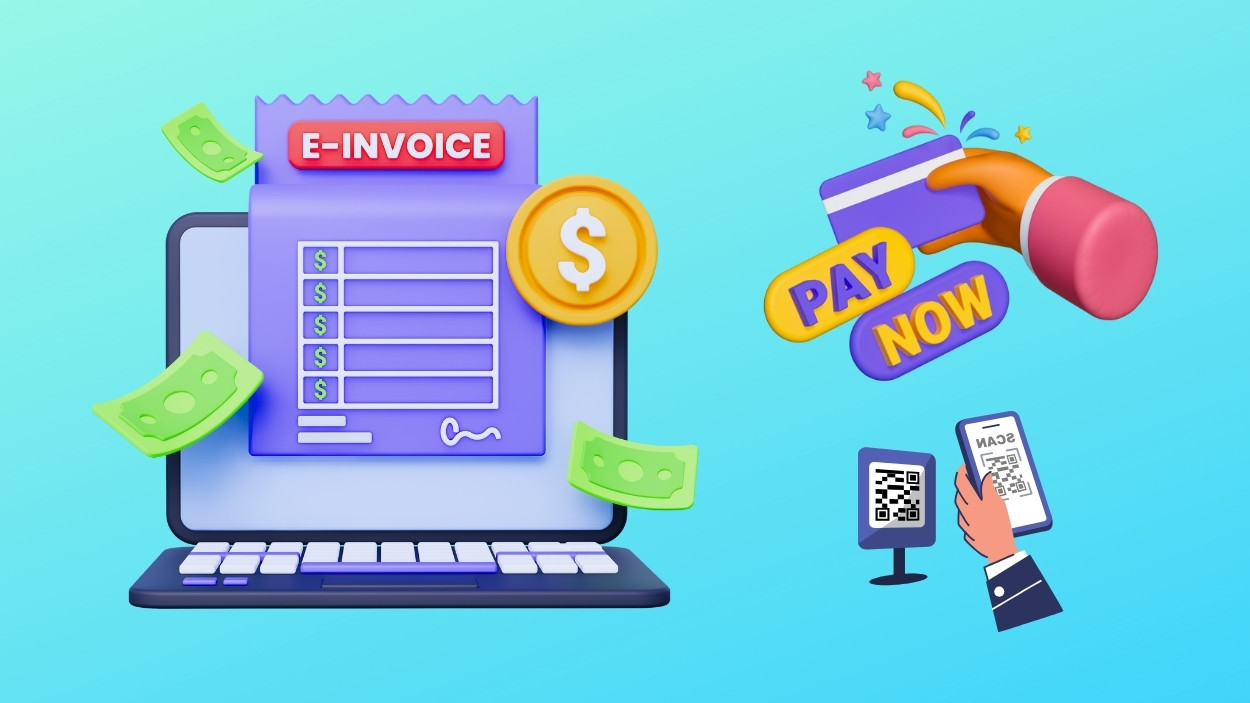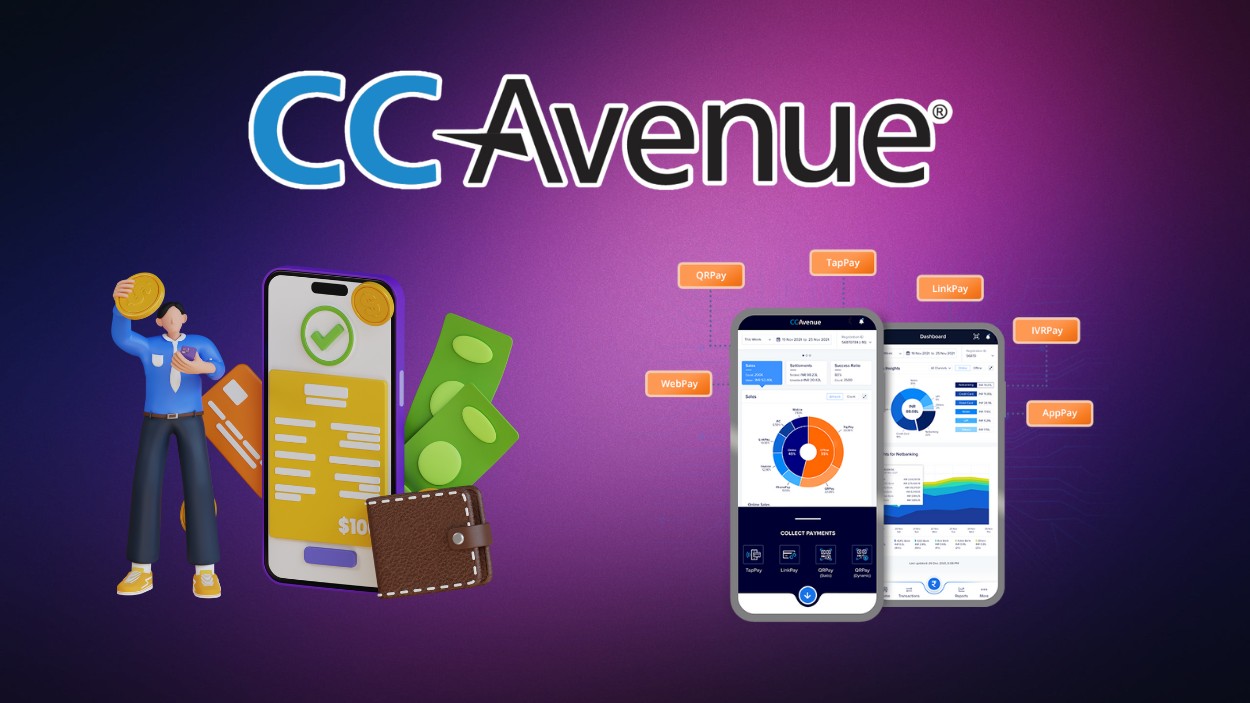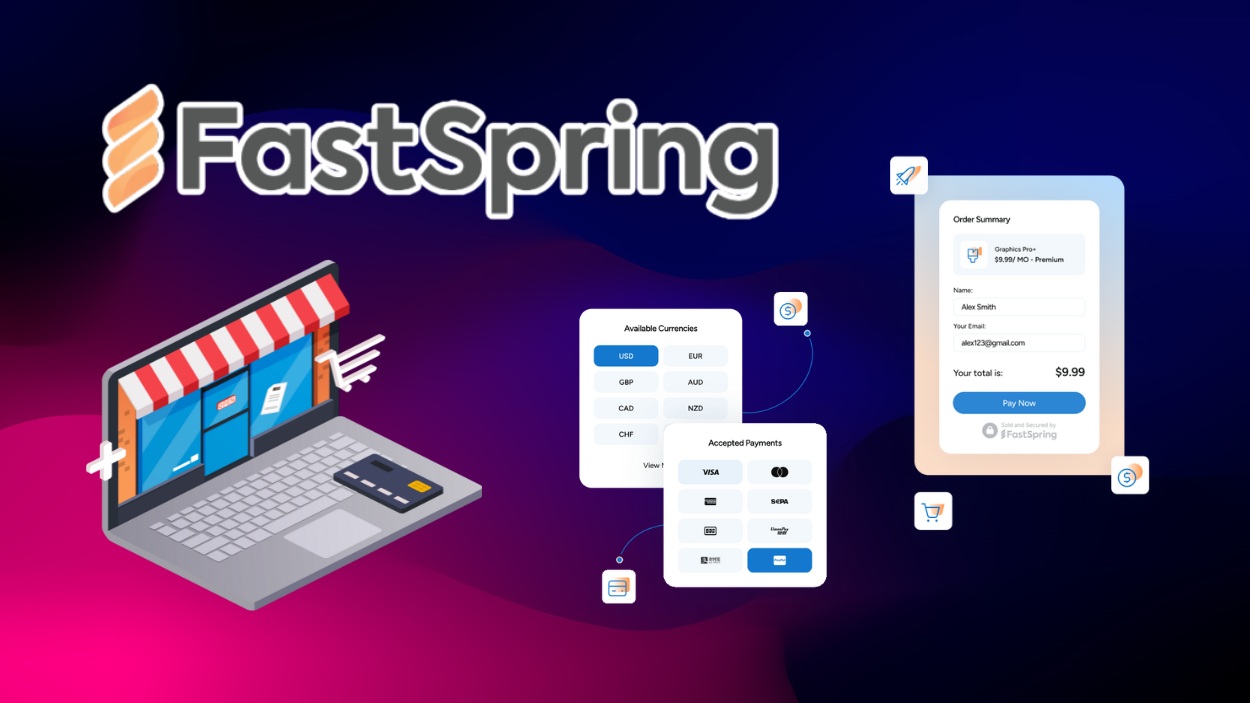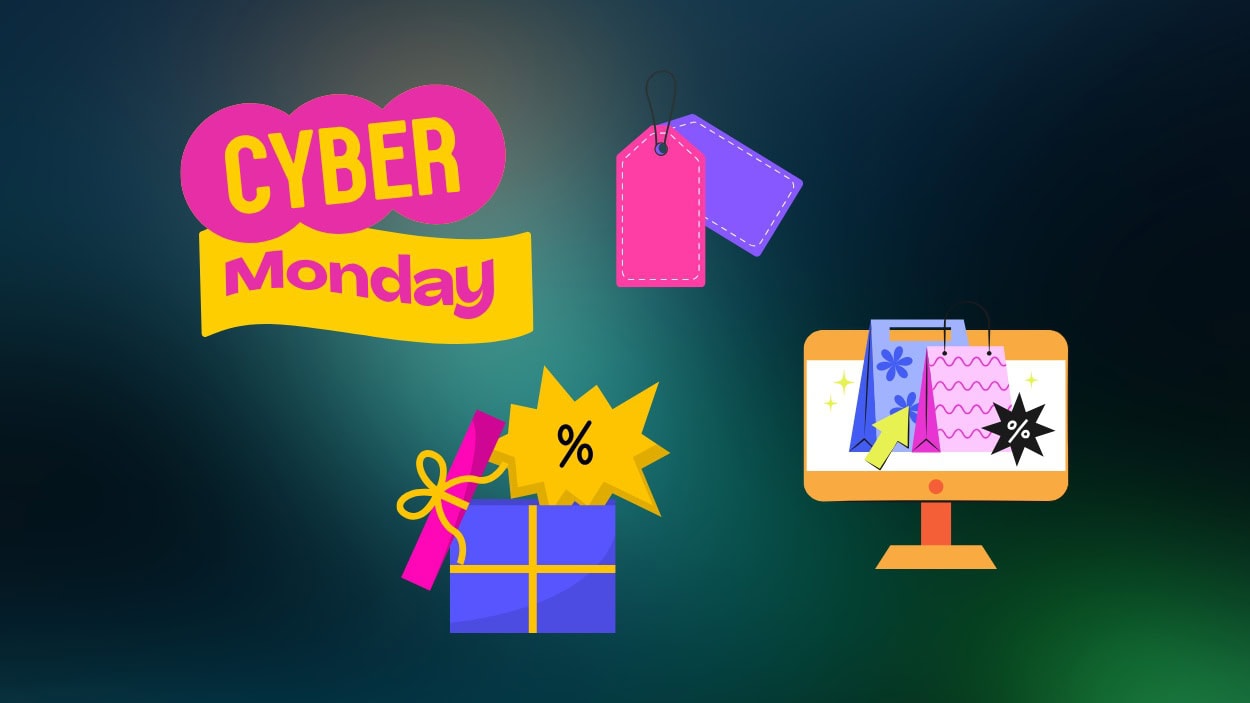The growth of remote work, global client relationships, and digital service delivery has reshaped how businesses operate. Today’s companies need faster, clearer, and more flexible ways to manage billing and collect payments. This is why many digital-first brands are turning to online invoicing to organize their financial workflows and ensure smooth cash flow. The shift toward fully digital invoicing isn’t just convenient; it has become essential for maintaining momentum and staying competitive in a rapidly evolving payments environment.
As customer expectations rise and traditional payment processes become increasingly outdated, online invoicing serves as a link between real-time service delivery and real-time payment. For digital businesses, the ability to send, track, and receive payments instantly is more than an upgrade; it’s a requirement.
The Shift Toward Digital-First Operations
Businesses designed for digital delivery often work across cities, countries, or even continents. Project management, communication, and product delivery happen online, so payments need to follow the same model.
Traditional invoicing creates friction:
- Delayed communication
- Lost or delayed paperwork
- Confusion over currency, tax details, or payment method
- Longer turnaround times
Online invoicing replaces these slow, fragmented processes with instant delivery, clear payment instructions, and automated reminders. Everything becomes trackable, timestamped, and organized, ensuring fewer disputes and faster payments.
This is especially important as more companies rely on recurring revenue, subscription billing, or micro-transactions. Digital workflows need systems that move just as quickly.
Faster Payments Mean Better Cash Flow
Cash flow is often the difference between healthy growth and constant stress. Even profitable businesses suffer when payments are delayed. Online invoicing platforms improve cash flow by:
- Sending invoices instantly
- Allowing clients to pay in one click
- Supporting multiple payment options (bank transfer, cards, digital wallets, crypto, etc.)
- Automating late payment reminders
- Tracking outstanding invoices in real time
When invoices are easy to pay, they get paid faster. This reduces the need for follow-ups, awkward emails, or manual tracking. By using a platform like Bluevine, businesses can send professional invoices and offer convenient online payment options that encourage clients to pay on time.
For small businesses or freelancers, this alone can stabilize monthly earnings and allow better financial planning.
Global Clients Need Flexible Payment Methods

A digital-first business rarely limits itself to one geographical market. Clients may pay in different currencies and prefer different payment methods; traditional invoicing struggles to handle these variations smoothly.
Online invoicing solutions often support:
- International currencies
- Region-specific payment gateways
- Transparent tax or VAT calculations
- Cryptocurrency support (increasingly common in remote-first industries)
This flexibility expands your client base instead of restricting it. Instead of saying “We don’t accept that payment method,” you can send a link and let the client choose how to pay.
Automation Reduces Administrative Work
Manual invoicing takes time that could be used on billable work, business development, or creative production. Online invoicing automates repetitive tasks such as:
- Recurring monthly invoices
- Late payment notifications
- Invoice numbering and organization
- Expense categorization
- Syncing with accounting software
These small efficiencies add up. Automation frees mental bandwidth and reduces the risk of errors, meaning

























































